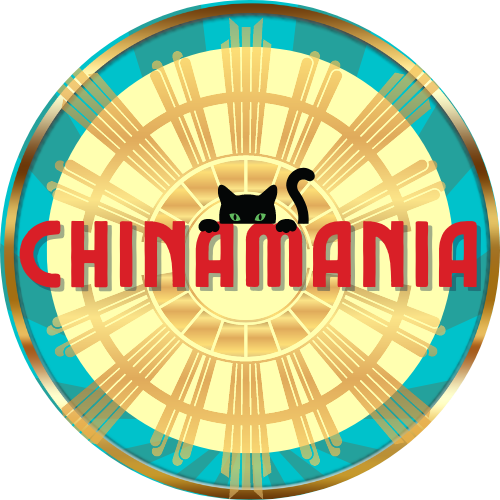Art Nouveau is known by many names - Jugendstil in Germany and Sweden, Stile Liberty in Italy, and Modernismo in Spain. The term art nouveau was the term coined by a Belgian magazine describing the work of a group of painters seeking reform through art. These artists and the type of art they created was showcased at a Parisian shop "Maison de l'Art Nouveau" & this later gave its name to an entire art movement. The shop opened in 1895 and just as modernity does now, art nouveau upset the status quo (which at the time was oriental antiquities).

But along with its many aliases Art Nouveau is also referred to in what is my favourite name for it - the noodle style. Those curves, swirls and whiplash lines which give art nouveau its sense of dynamism and movement may well remind you, as they do me, of your university days when you flung spaghetti on the walls (for the purposes of science of course).
But for such a beautiful era I find it a painfully short one, lasting from around 1880 to 1910. In terms of art history, it sits right after post impressionism, where the artists it seemed, were fed up of depicting nitty gritty classic realism, or even romantically blurred waterlilies. Instead they went magnified dragonflies and their gossamer wings, stems of lilies, and leaves of tulips. Giant versions were then were painted in delicate pastel purples, and pale greens.
Yet each country as well as having its own name for Art Nouveau often added something a little different to the style. Charles Rennie Mackintosh and his peers might have nodded to the noodles, but they also went for parallel lines in big way. Toulouse Lautrec's art was certainly full of flowing lines, but his drawings were full bright vivid reds and blacks as opposed to pastels.
Maybe precisely because Art Nouveau was about rebellion, each rebellion had to suit the artist rebelling (otherwise wouldn't it just be conforming?)
